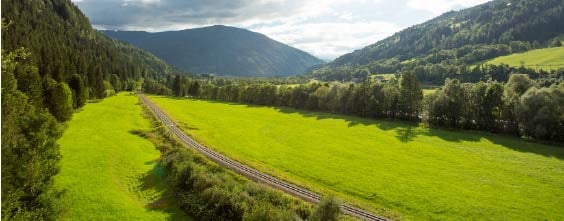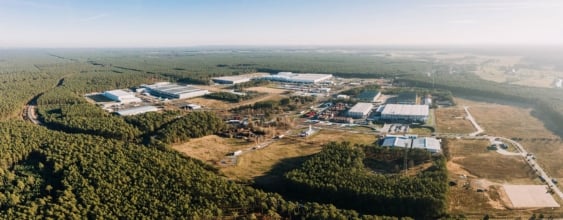To help kickstart the Britishvolt Gigafactory, the government’s Automotive Transformation Fund invested £100m, and it is these types of funds that can help to de-risk new energy transition infrastructure and attract further private capital.
Meeting the targets set by Levelling Up and the Net Zero Strategy requires two things: private sector investment and an enabling environment created by government. That enabling environment includes capacity for planning and modelling, an education system that gives young people the skills needed in the new economy, de-risking huge infrastructure and manufacturing projects, and public infrastructure, including electricity grids.
In Scotland, regulatory changes and government support have helped the renewables sector to scale up and support supply chain and critical infrastructure growth, giving new life to the slowly declining oil and gas industry in the North Sea.
If the right things are incentivised, then funding for renewable energy is not an issue, says Claire Mack. “The scale of the opportunity is unprecedented in Scotland. It would be very hard to make a bad investment in physical infrastructure at the moment. There are multiple mechanisms now, including Contracts for Difference and Power Purchase Agreements, which are gaining traction because of the overall ESG agenda.
“It’s about making sure that public infrastructure grows in tandem,” she adds. “Aligning with local authorities and planning committees is an enabler, and electricity grids must be ready to take that massive upswing in generation.”
Jim Coleman believes a successful green economy is only possible if local and sub-regional government are involved in funding decisions and resources are readily deployable at a local level. “Shifting the focus to support sub-regional initiatives means that locally specific solutions can be developed, making net zero goals more accessible and relevant to local populations,” he says. “The government must provide opportunities for businesses to succeed locally, regionally and nationally – by establishing effective and efficient infrastructure, supporting new industries and product development and skilling up local workforces.”
The partnership approach does not have to start with a huge project, says Guy Jefferson, COO of SP Energy Networks. “Nothing is more effective than an actual project,” he says. “We’ve come together with Glasgow City Council and other partners to deliver a number of projects on the ground. The scale’s not big enough yet, but it’s showing that it can be done. Now, we take the learnings from each project and build the scale. That will also attract investors.”
Ambition and collaboration will build on progress
Individually, the Levelling Up agenda and the Net Zero Strategy are investments in the future of the UK’s prosperity. Together, they can be mutually reinforcing.
War in Ukraine and soaring energy costs are destabilising the global economic outlook, but there is a window of opportunity for the UK’s regions to invest in net zero. Current energy transition projects are showing us what is possible: they are creating jobs, promoting skills development and generating investment opportunities across the economy. To move them forward will take strong collaboration between the private sector and enabling, co-investing government bodies. Get that right, and citizens, businesses and the environment will all be the winners.
Want to find out more about delivering local economic growth as part of the energy transition, visit: wsp.com/energyeconomiesuk

















